Reshaping Forensics
By Angie Trivisonno

One of the biggest misconceptions about forensic anthropology is that it’s ‘just’ about the dead and irrelevant to those living.
The other misnomer is that anatomy students only learn lists of structures because all the useful science has already been discovered.
If you ask Associate Professor Carl Stephan, UQ’s Chief Anatomist at the School of Biomedical Sciences, his thoughts on the matter, he is quick to debunk these perceptions.
“Legal medicine is equally important for the living, as it is the deceased.
“For example, in law enforcement, forensic identification helps secure justice for deceased victims, and informs living families about what happened to a loved one, so the grieving process can begin,” Dr Stephan explains.
“It’s critical that bodies are quickly and correctly identified, so the perpetrators of crimes can be found and removed from public to keep communities safe.
“Identification is also a legal requirement for issuing death certificates, which are needed to execute wills and conduct body burials and cremations.”
For students, Dr Stephan points out that anatomical methods are always used when molecular identification cannot solve the most difficult forensic cases. Anatomy also provides the foundations to almost all professions concerned with human biology because the structure defines the function.
“This highlights anatomy’s pivotal role and proves there’s still a lot to learn and uncover in forensic anthropology,” Dr Stephan says.
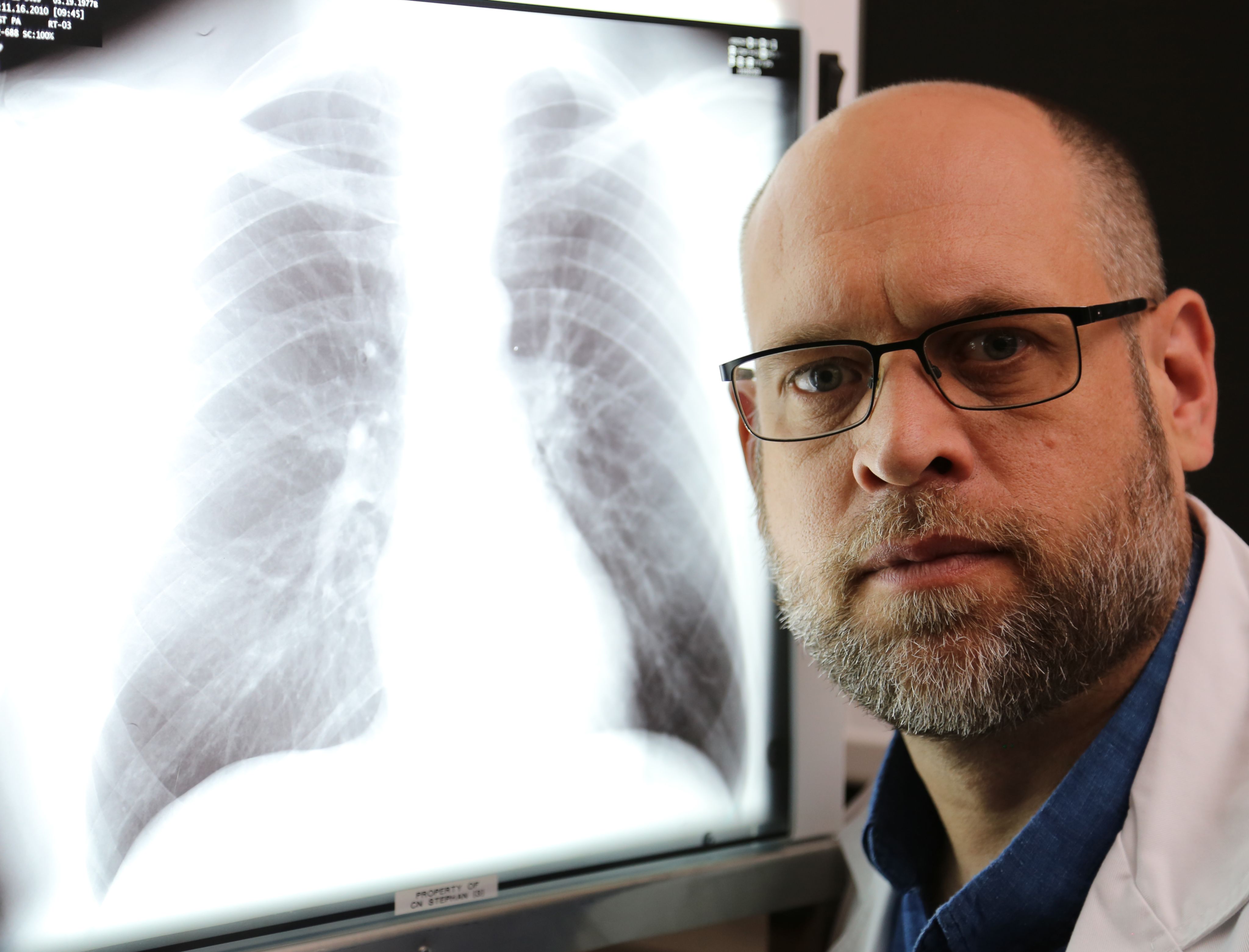
“One of the main reasons I returned to Australia, almost nine years ago, was for the opportunities UQ offered to research and study anatomy.
“UQ has one of the largest body donor programs in Australia, which helps advance skeletal research and education.
“It enables us to use complete skeletons from willing donors for projects, such as developing automation methods for sorting bones found in mixed assemblages, like mass graves.
“The library has advanced osteometric sorting methods, radiographic comparison methods for identification, and 3D scanners for accurately recording skeletal anatomy,” Dr Stephan says.
“Another project that I am currently working on concerns craniofacial identification and how to match photos of faces to skulls via image overlay.
“Bone ‘shape’ is a significant component of what makes applied anatomy relevant to the real world, and where a lot of the new science can be found,” he says.
“Our aim is to advance these superimposition methods.”
Prior to joining UQ, Dr Stephan worked on international applied science posts, including being deployed to Baghdad as part of the Mass Graves Investigation Team with the United States of America (USA) Army, during the Iraq War in 2005.
“In this role I analysed skeletons recovered from multiple mass graves and documented large numbers of gunshot wounds,” Dr Stephan reveals.
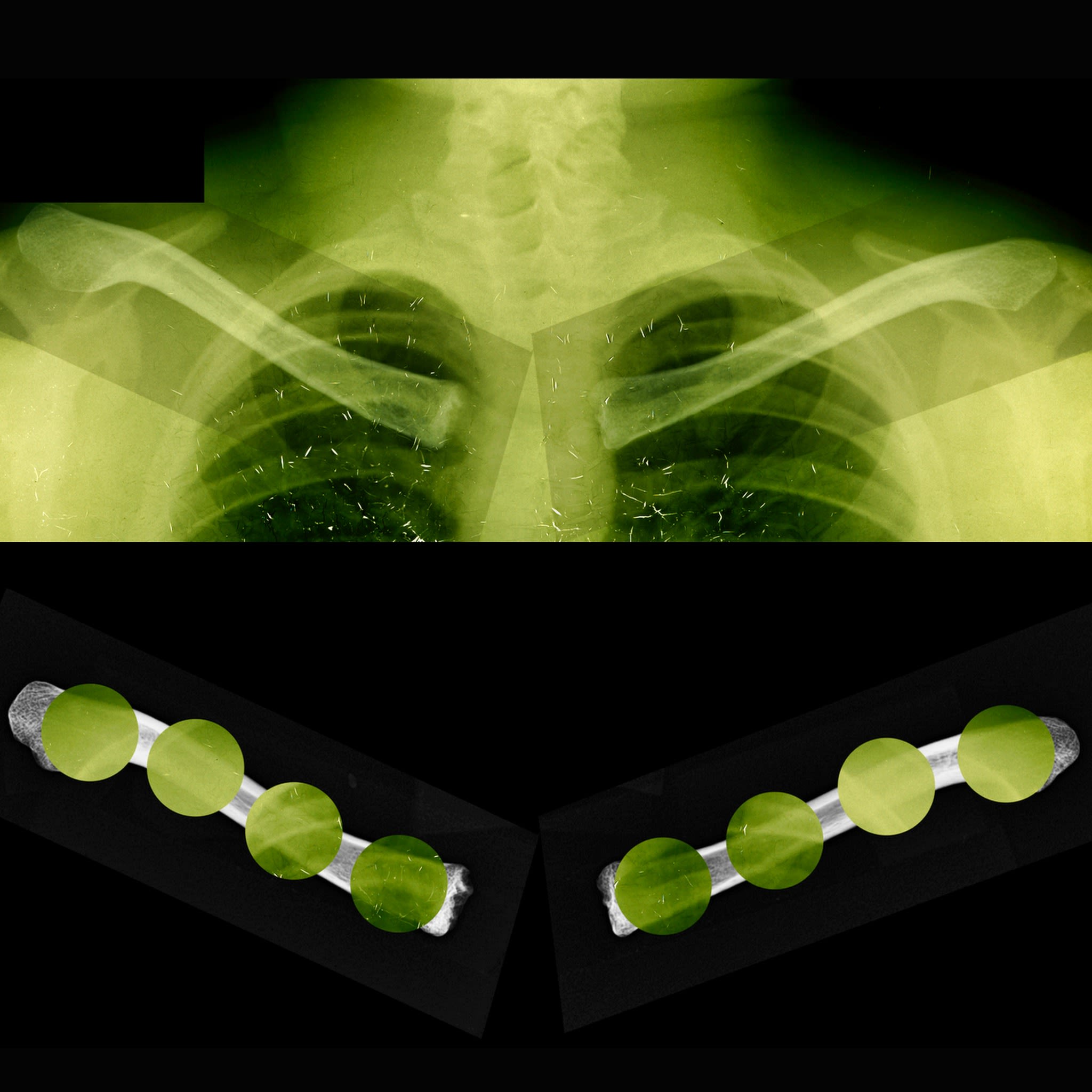
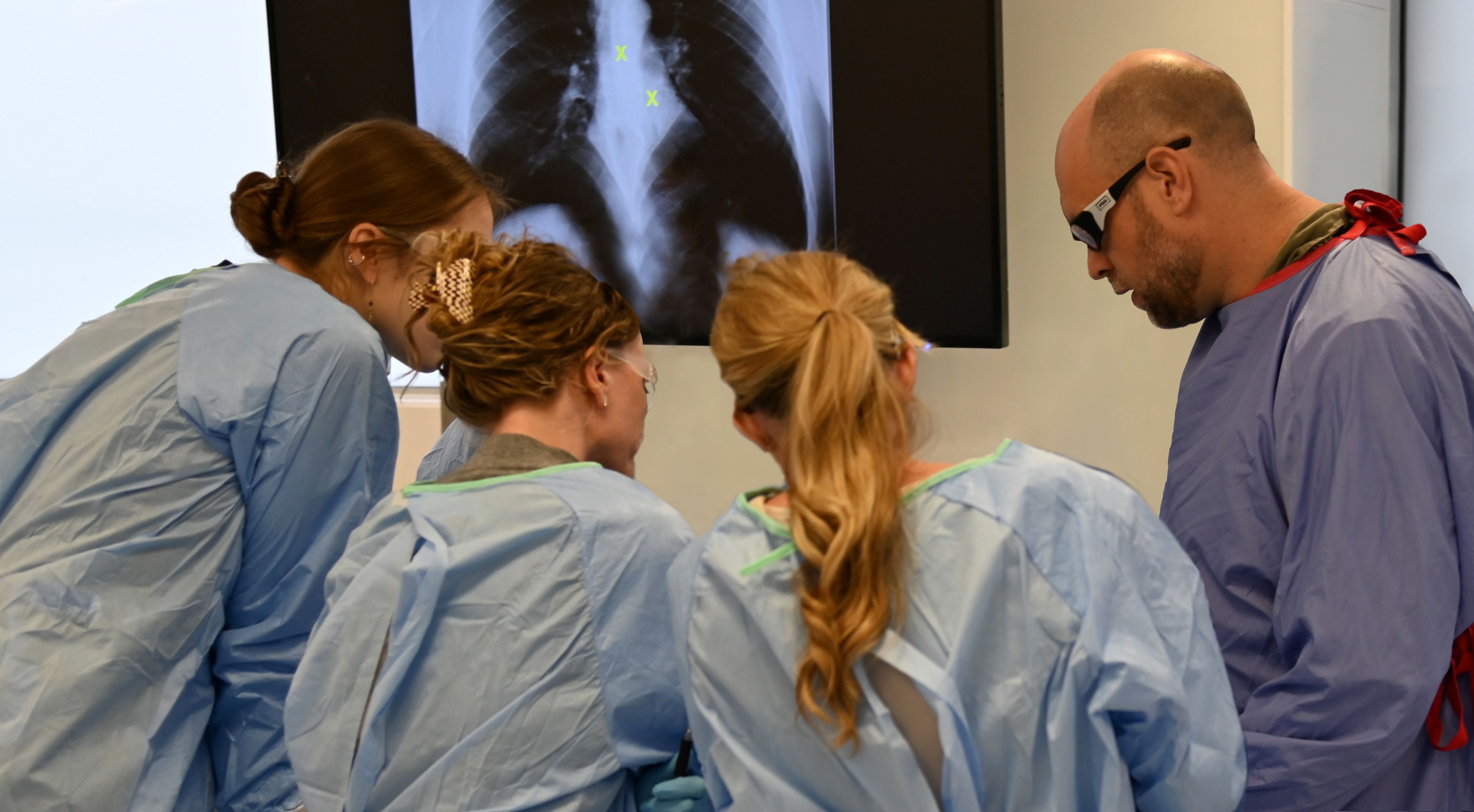
“After that, I spent five years working with the Joint POW/MIA Accounting Agency’s Central Identification Laboratory (now called the USA Defense Prisoner of War (POW) / Missing in Action (MIA) Accounting Agency (DPAA)) establishing protocols for using chest radiographs to identify fallen USA soldiers in the Korean War.
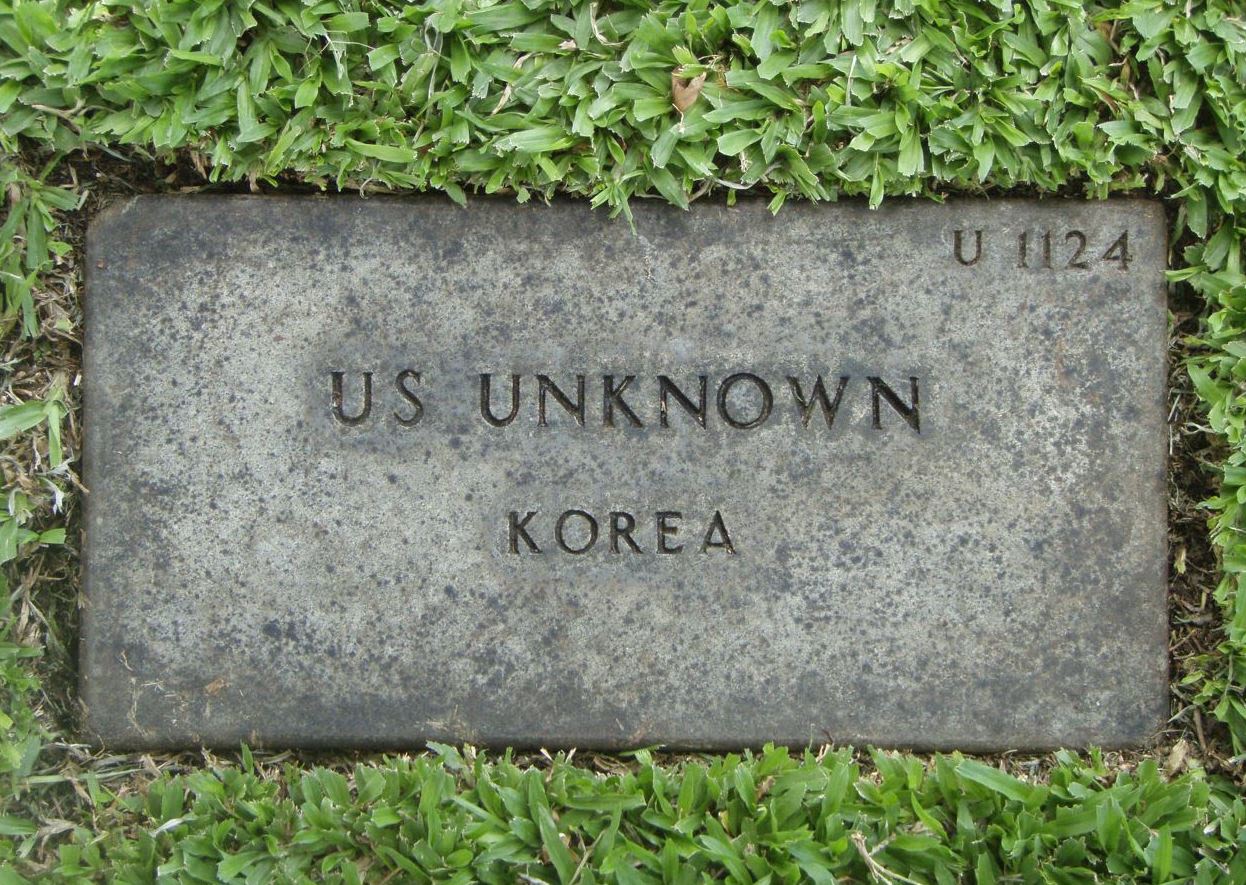
“I feel honoured that, since 2010, the methods have been used to identify fallen USA soldiers and repatriate their skeletal remains to families.”
Dr Stephan now works as an external consultant for the DPAA, reviewing chest radiograph comparisons and running masterclass training sessions for analysts who travel from Hawaii to Brisbane to learn about forensic methods at UQ.
“I begin by teaching the DPAA analysts about relevant anatomy and the 3D arrangement of bone shapes in the body. The next few days are spent in darkened rooms analysing hundreds of radiographs to ensure the analysts can interpret 3D anatomy on 2D chest radiographs,” Dr Stephan explains.
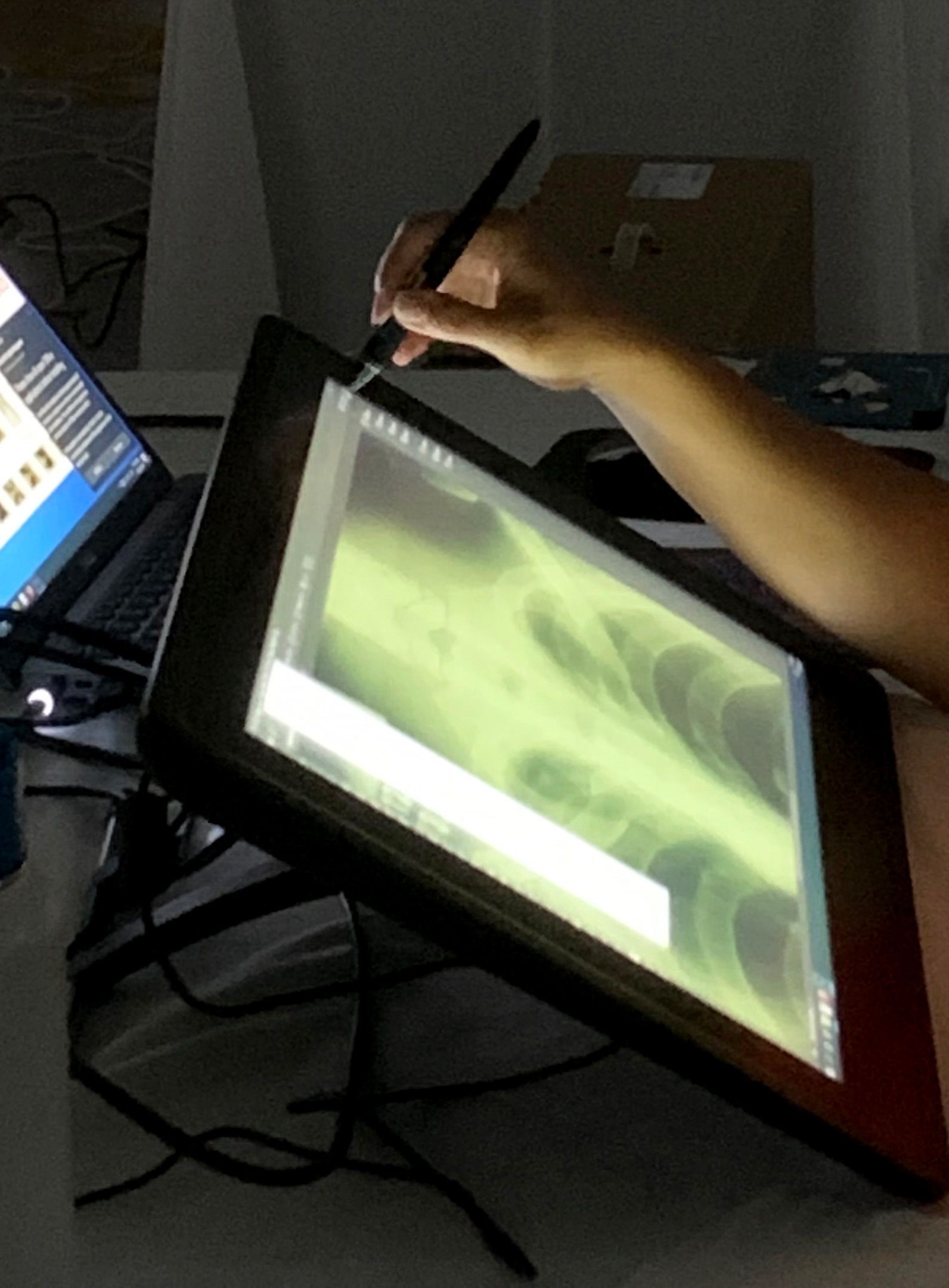
“It’s very similar to analysing fingerprints for identification, but instead of using fingerprints, we use chest radiographs and focus on bones contained in the cervicothoracic junction, where the neck and body trunk meet.
“The analysts learn which bone shapes can help them identify a match between a post-mortem radiographic image of a skeleton and an ante-mortem chest radiograph, taken during a soldier’s military induction screening for tuberculosis.
“By examining the clavicles and neck vertebrae, the analysts can identify one individual from next because these bones are shaped slightly different in each person.
“This work is critical for honouring the USA Government’s noble promise to its soldiers and their families that no one will be left behind,” Dr Stephan affirms.
“It is also important for fulfilling one of my own goals, which is to forge a world leading research and training nexus for applied anatomy (legal medicine) that attracts international professionals to UQ for advanced training.”
Not bad for a boy who grew up in the country Victorian town of Nhill, with a population of just 2300, and spent a long time abroad – away from home.
It’s clear that Dr Stephan’s experiences have not only shaped his work, but his life too!
Associate Professor Carl Stephan heads the Laboratory for Human Craniofacial and Skeletal Identification as a teaching and research academic in the UQ School of Biomedical Sciences.
In 2021, UQ’s Anatomy and Physiology placed 27 in the QS World University Ranking by subject, and popularity in undergraduate and postgraduate education continues to increase, with the Gross Anatomy Facility and our specialist academic staff now servicing 6,000 students annually.
Images courtesy of: 1. USA Defense POW/MIA Accounting Agency’s (DPAA) Public Affairs Office, and 2. Associate Professor Stephan. The appearance of U.S. Department of Defense (DoD) visual information does not imply or constitute DoD endorsement. DPAA photographs taken by DPAA photographers: Staff Sergeant Leah Ferrante, Staff Sergeant Apryl Hall and Staff Sergeant Michael ONeal. Other photographs by: Miss Telena Hona, Mr Sean Healy and Associate Professor Carl Stephan.
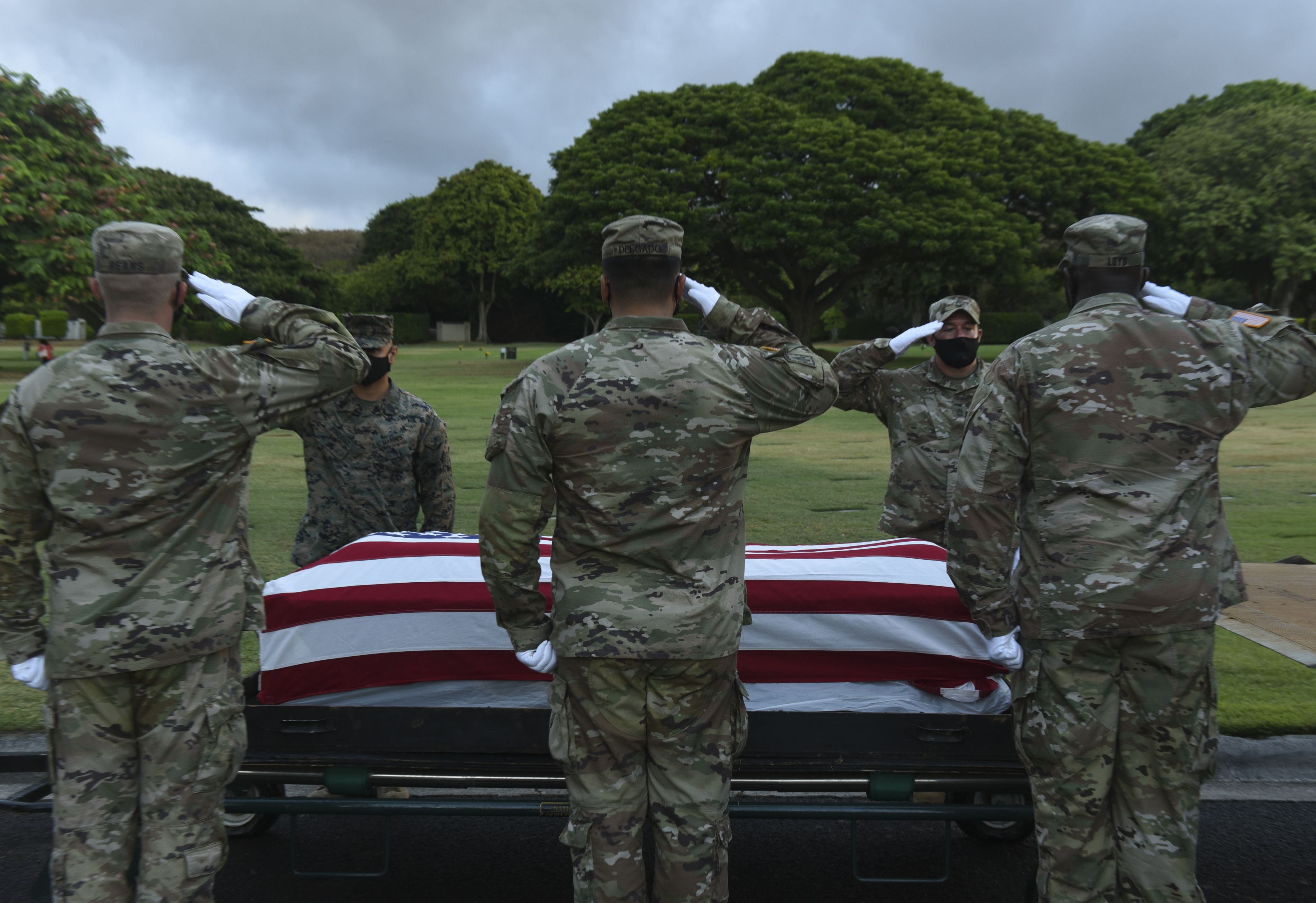
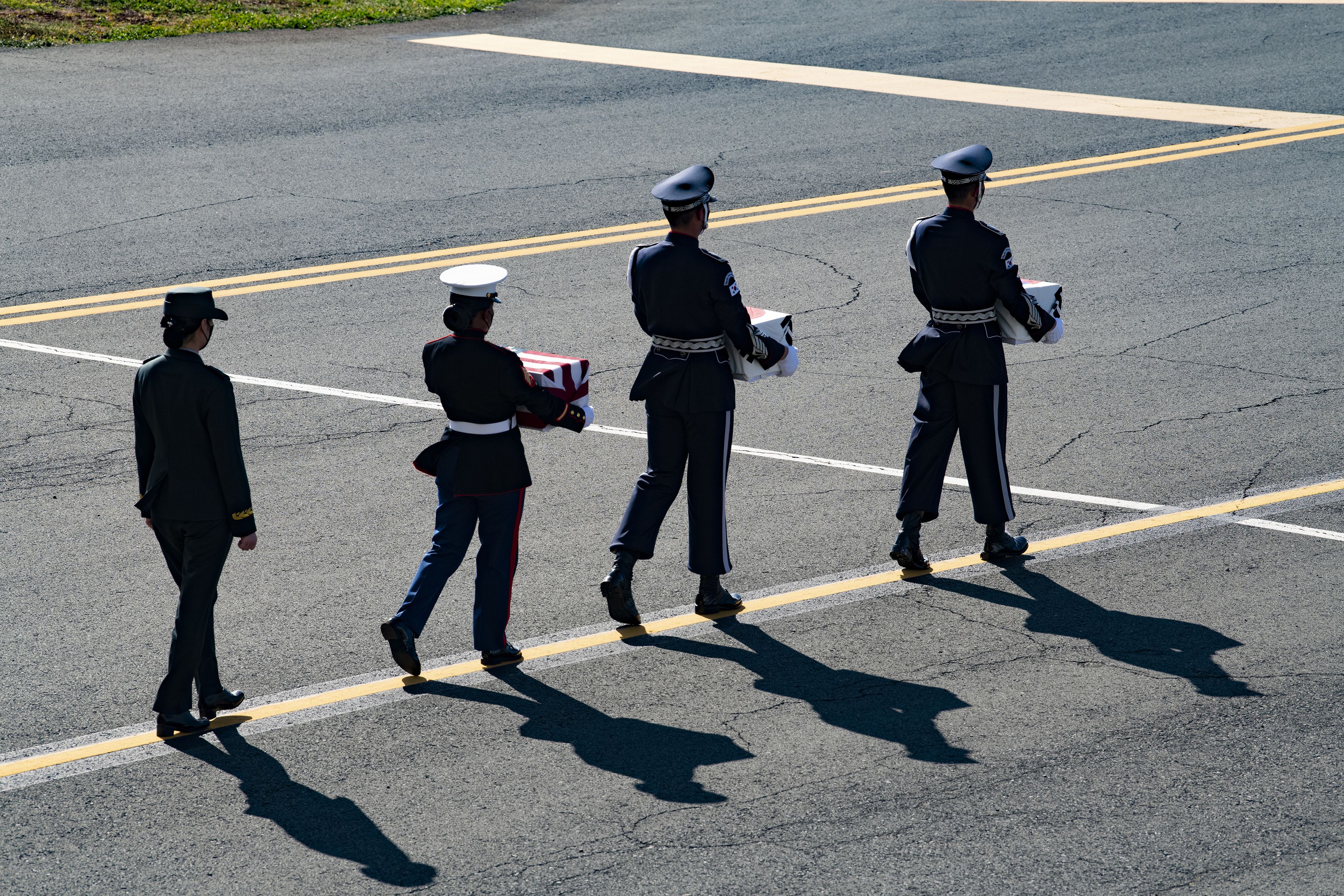
This story is featured in the Summer 2022 edition of UQmedicine Magazine. View the latest edition here. Or to listen, watch, or read more stories from UQ’s Faculty of Medicine, visit our blog, MayneStream.
